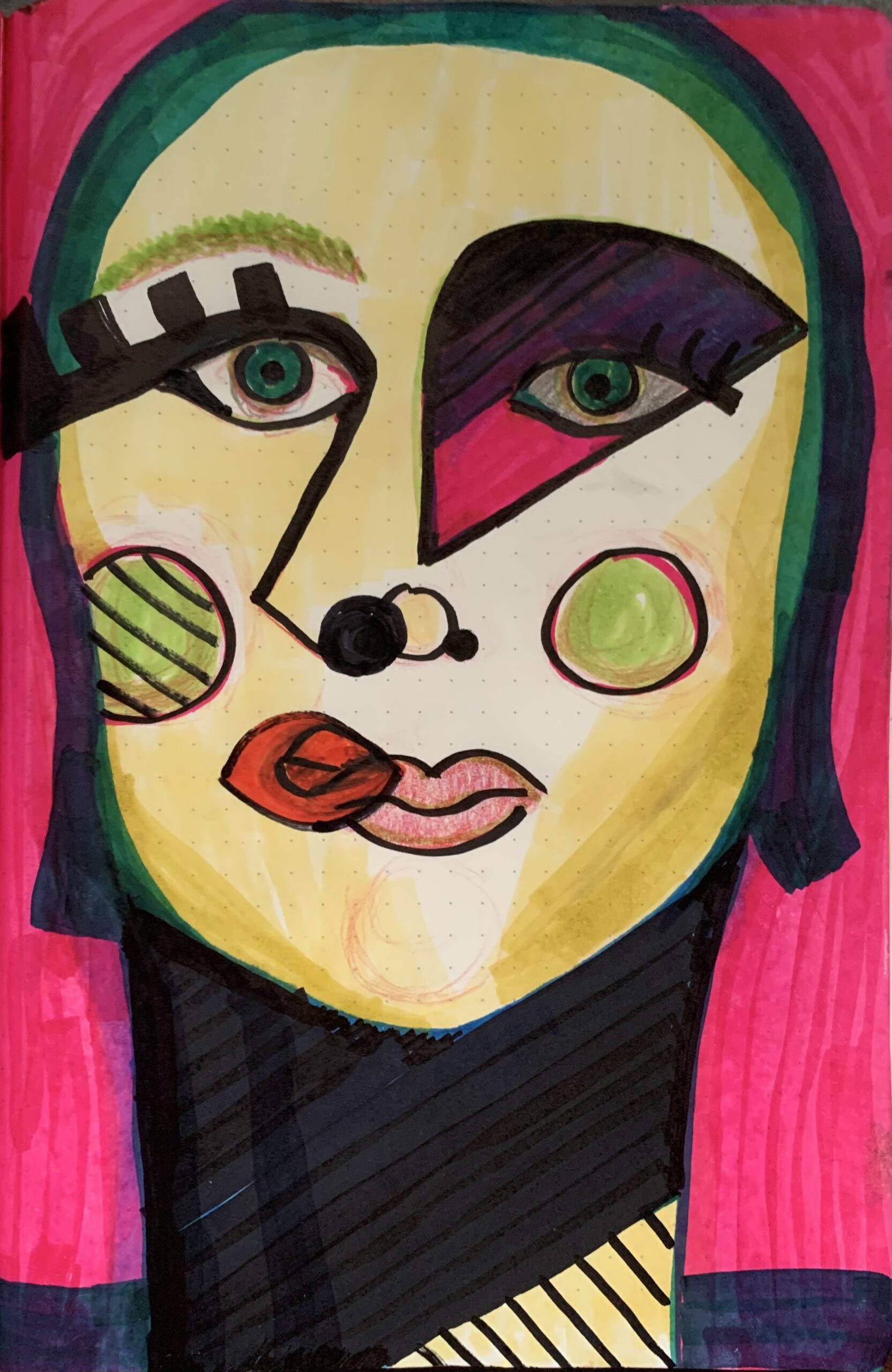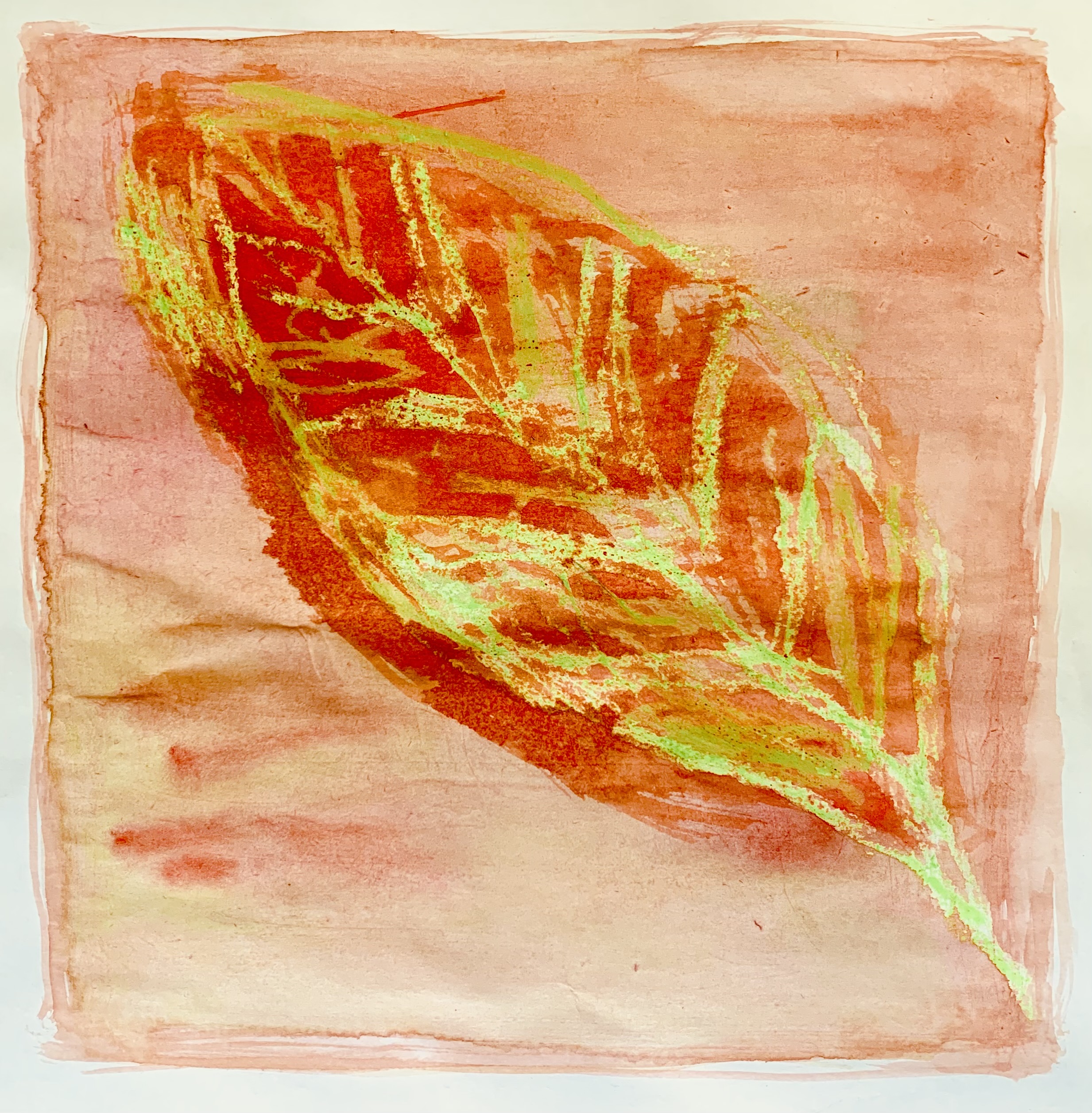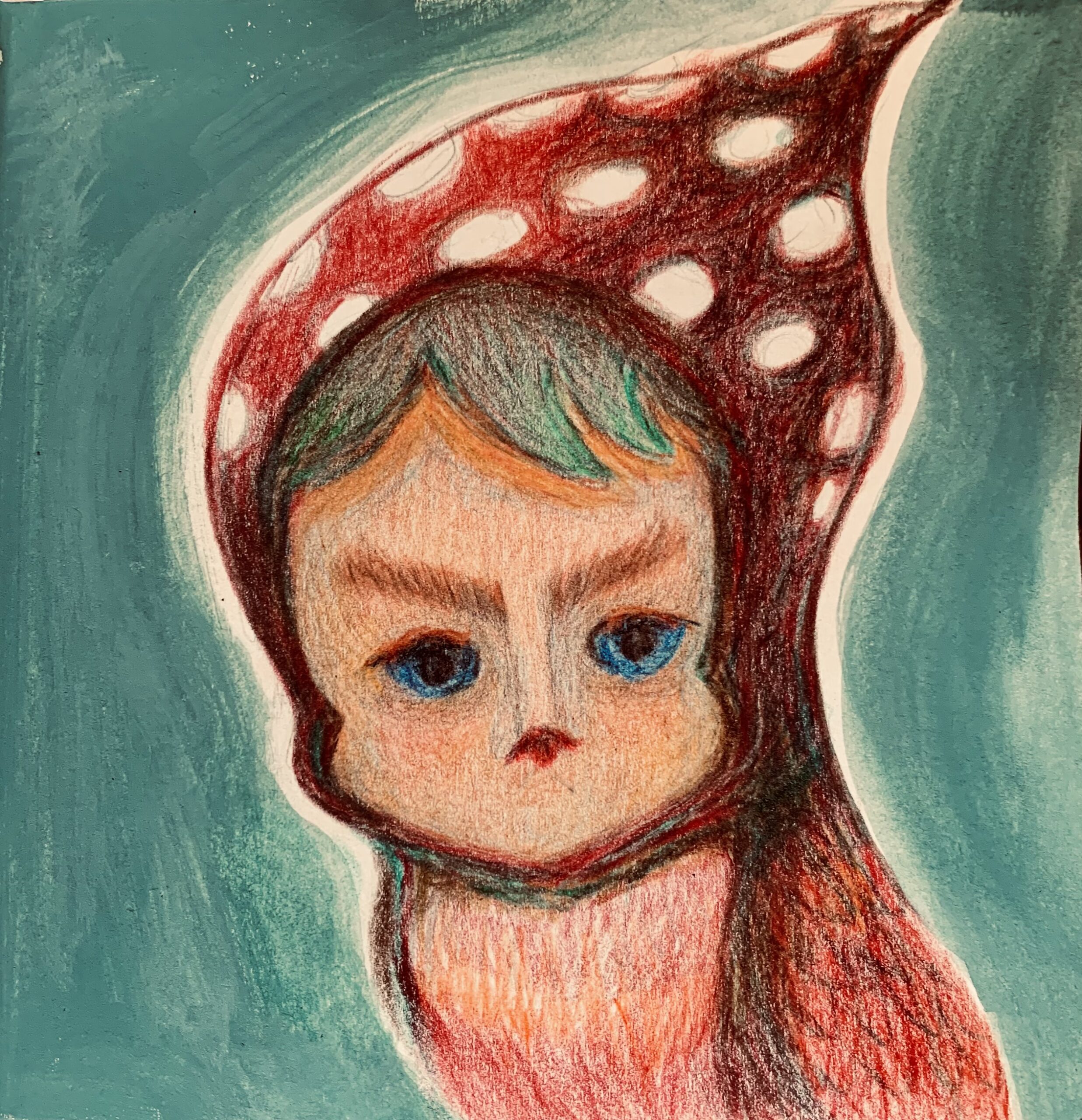🎨 POP! Goes the Art – A Dive into the Pop Art Movement
What Is Pop Art?
Pop Art is one of the most iconic and fun art movements of the 20th century. Emerging in the 1950s and peaking in the 1960s, Pop Art brought everyday objects, commercial imagery, and celebrity culture to the canvas. It was bold, bright, and not afraid to be a little cheeky.
Pop Art said: “Why not paint soup cans? Or comic book heroes? Or a portrait of Marilyn Monroe in neon pink?”
It challenged the idea that “real art” had to be serious, somber, or highbrow. Instead, it celebrated the visual language of mass culture.
Key Artists & Their Iconic Works
🟡 Andy Warhol
Probably the most famous Pop Artist. His Campbell’s Soup Cans and vibrant Marilyn Monroe portraits turned him into a household name. Warhol was fascinated with fame, repetition, and consumer culture.
🔴 Roy Lichtenstein
Known for his comic strip-inspired works, Lichtenstein used Ben-Day dots to mimic printing techniques. His most famous piece? Probably Whaam! – an explosion of color and action that looks like it flew straight out of a superhero comic.
🔵 Richard Hamilton
Often credited with creating the first work of Pop Art in 1956: Just what is it that makes today’s homes so different, so appealing? It was a collage that mixed media, advertising, and irony – all key ingredients in Pop Art.
🟢 Claes Oldenburg
Sculpture gets the Pop treatment! Oldenburg created giant replicas of everyday objects – like a massive clothespin or a droopy hamburger – turning the ordinary into the extraordinary.
What Inspired the Movement?
Pop Art was a reaction to the seriousness of abstract expressionism. After WWII, the world was changing fast. Television, advertising, consumerism, and celebrity culture were exploding – and Pop Artists soaked it all in. They asked:
“If this is the world we live in, why shouldn’t our art reflect it?”
Pop Art Style: What to Look For
✔️ Bright, bold colors
✔️ Repetition and mass production (silkscreen printing was a favorite)
✔️ Imagery from comics, advertising, TV, and packaging
✔️ Ironic or playful tone
✔️ Flatness – less about depth, more about the image
Try It Yourself! 🎨
Here’s a fun Pop Art activity to bring to your next art lesson or creative session:
“Pop Your Favorite Snack”
- Choose a snack you love – chips, candy, soda – and create a bold, colorful drawing or painting of it.
- Use bright colors and consider repeating the image Warhol-style.
- Add a comic-style speech bubble or price tag for a little extra flair.
Or take a selfie, then transform it with wild colors and contrast like a modern-day Warhol!
Final Thoughts
Pop Art wasn’t just a style – it was a statement. It blurred the line between high art and pop culture, asking big questions in fun, accessible ways. And its influence is still everywhere today – in fashion, design, advertising, and even memes.
So next time you see a soup can, a comic panel, or a bright lipstick ad – just think: that’s Pop Art energy, baby.






















